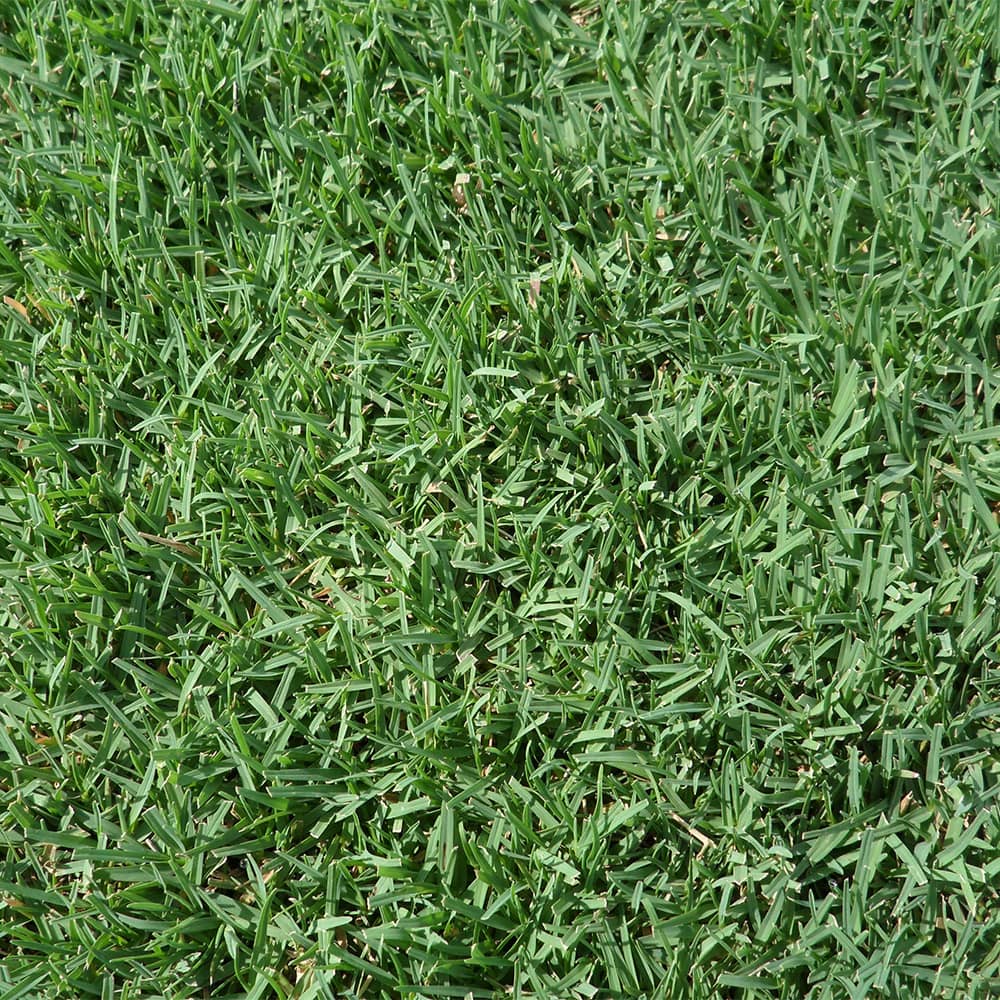A weed is nothing more than a plant out of place. Bermudagrass, with its dense root system and ability to out-compete other plants, makes an excellent lawn or park grass in many situations. However, some of the characteristics that make bermudagrass so highly prized for turf can also make it a challenge to control in agricultural areas managed for other crops.
Turf managers have a number of chemical herbicide options:
- Non-selective herbicides are designed to eradicate actively growing plants of all types.
- Selective herbicides affect certain types of actively growing plants, but leave others unaffected.
- Pre-emergent herbicides are designed to prevent weed seeds from sprouting in the lawn.
Learning how to read and understand the labeling on herbicides is the best way to ensure you chose the correct product both for your grass type and for your weed problem.
Non-selective Herbicides
Roundup is a familiar brand of non-selective herbicide. The active ingredient that makes it work is glyphosate, and a number of different companies manufacture and market glyphosate solutions under various names. While glyphosate is not the only chemical that can be used as a non-selective herbicide, it is very commonly used because it is inexpensive and effective.
Since non-selective herbicide can kill or severely damage any plant it contacts, it is the wrong type of herbicide to use for weeds out in the middle of your lawn. It can be a great tool to get rid of unwanted grass coming up in patios and driveways or for out of control areas you are looking to spot spray out and replace with new grass.
Glyphosate is not, on its own, a pre-emergent herbicide – it will only kill actively growing plants and only works when applied to the leaves of actively growing plants. Some products contain a pre-emergent in addition to glyphosate, so read the label and choose accordingly.
Pre-emergent herbicides
All Sod Solutions grasses are perennial varieties, which means the grass lives for many, many years. While perennial grasses may be dormant (turn brown and stop growing) at certain times of year or under certain conditions, they aren’t dead. The grass doesn’t “re-sprout” from seed, and it will green up quickly with a change of season when soil temperatures rise to above aproximately 65 degress F.
Pre-emergent herbicides prevent seeds from germinating, but won’t harm established plants (whether turf grass or weed). Crabgrass is an annual lawn weed – it sprouts in spring, and dies in fall – and can be controlled by applying pre-emergentherbicide before seeds germinate. Effective crabgrass and spring weed control is during the early spring prior to the seeds germinating. A second pre-emergent application should be done in the late summer in the south to control cool season weeds popping up in the fall and winter months.
If the weeds have already germinated, pre-emergent herbicides will have no effect. Additionally, applying a pre-emergent before putting down grass seed (say for a technique such as dormant-season overseeding) will keep your grass seed from sprouting as well so always consider the effects of a per-emergent prior to applying.
Selective herbicides
Selective herbicides for use in turf are designed to kill actively growing weeds while leaving your grass unaffected. Well … most grasses, most weeds, most of the time.
If you miss your chance to prevent crabgrass with pre-emergent, you can still get rid of it with a selective. The products found on the shelf in lawn and garden centers are often combinations of several different selective herbicides. For example, Weed B Gon Max With Crabgrass Control from Ortho combines the chemicals 2,4-D, quinclorac, and dicamba.
2,4-D is one of the most widely-used selective herbicides. Labels, however, warn against the use of this ingredient on St. Augustine grasses. When applied at the standard rate for weed control, 2,4-D can kill St. Augustine grasses. Another common on the shelf product is Atrazine, which can be used in many warm season varieties such as St. Augustine (excluding Floritam), centipede, zoysia, or winter-dormant Bermuda grass. Atrazine will target actively growing cool season annual weeds and can be used as both a preemergent and post emergent depending on when it is applied.
Always read product labels
No matter what you use for your lawn weed control, be sure to thoroughly read and check the label! It really can’t be overemphasized because an incorrect application can do irreparable damage to a lawn, or be completely ineffective. Just like with fertilization, an attitude that more is better when applying a herbicide is likely to get you in trouble.


